Visuals, such as videos, have become essential for engaging website visitors. However, simply uploading a video isn’t enough.
To truly maximize its impact, optimization is critical. It opens opportunities for your website to boost SEO rankings, enhance user experience, and access valuable insights to grow your online presence.
Get ready to take your online presence to the next level—here’s how to optimize video for website use.
What is Video Optimization?
Video optimization refers to fine-tuning and enhancing videos to maximize their performance, reach, and impact on various platforms, including websites. It involves optimizing video format, size, quality, metadata, and technical aspects like encoding and compression.
You can achieve faster loading times, improved playback quality, and better user experience by implementing video optimization techniques. Optimizing videos for search engines can boost their visibility, driving organic traffic to your website.
Video optimization for web is a crucial aspect of modern digital marketing strategies, allowing businesses to effectively communicate their message, engage audiences, and ultimately achieve their goals.
Why is Video Optimization Important?
Video optimization is pivotal in maximizing the impact and effectiveness of your videos on your website.
Here are four key reasons why video optimization is crucial:
1. Faster Loading Times
Optimized videos are compressed and formatted to load quickly, reducing buffering and providing a seamless viewing experience. This is vital as slow-loading videos can lead to viewer frustration and higher bounce rates.
2. Enhanced User Experience
By optimizing videos, you ensure they are easily accessible and enjoyable for your audience. Smooth playback, precise visuals, and synchronized audio contribute to an immersive and engaging user experience, fostering more extended engagement and increased conversions.
3. Improved SEO Ranking
Video optimization helps search engines understand your video content better, leading to higher visibility in search results.
4. Increased Conversion Rates
Well-optimized videos can captivate and persuade viewers, boosting conversion rates. Whether it’s a product demonstration, a testimonial, or a promotional video, optimization ensures your message is delivered effectively, driving viewers to take the desired action.
Which Video Formats Are Best for the Web?
Choosing the correct video format is essential to ensure optimal performance and compatibility across various devices and platforms.
Here are three widely used video formats that are considered best for the web:
- MP4 (MPEG-4 Part 14). MP4 is one of the leading and supported video formats for web playback. It offers the right balance between file size and quality, making it efficient for streaming and downloading. MP4 is compatible with many devices, including desktops, laptops, smartphones, and tablets, ensuring broad accessibility for your website visitors.
- WebM. WebM is an open-source video format developed specifically for the web. It provides high-quality video compression with smaller file sizes, resulting in faster loading times. WebM is supported by major web browsers, including Chrome and Firefox, making it an excellent choice for web-based video content.
- Ogg. Ogg is another open-source video format commonly used for web playback. It offers efficient compression and maintains good video quality even at lower bitrates. While not as widely supported as MP4 or WebM, Ogg is compatible with popular browsers, including Firefox and Chrome, making it a viable option for web video delivery.
Video File Optimization for Web Pages
Videos are integral to modern web pages, but optimizing them is crucial to ensure fast loading times, seamless playback, and an excellent user experience.
Use Data Compression Tools
Data compression tools, such as video encoding software, help reduce the file size of your videos without significant loss in quality. Compressing your videos can improve loading times and reduce bandwidth consumption. Opt for codecs like H.264 or HEVC (H.265) that offer efficient compression while maintaining satisfactory video quality.
Convert to HTML5 Supported Formats
Modern web browsers widely support HTML5 and provide excellent compatibility for video playback. Convert your videos to HTML5-supported formats like MP4, WebM, or Ogg, ensuring seamless playback across different devices and browsers. This compatibility ensures a broader reach and a consistent viewing experience for your website visitors.
Remove Audio from Muted Videos
If your videos are muted or don’t require audio, consider removing the audio track altogether. By eliminating the audio, you can significantly reduce the video’s file size, leading to faster loading times and improved performance. This optimization technique is beneficial for background or decorative videos that serve a visual purpose without relying on audio.
Stream Directly from Your Server
Instead of relying on third-party video hosting platforms, consider hosting your videos directly on your server. Streaming videos from your server gives you more control over the delivery and can optimize the streaming settings for better performance. This approach reduces external dependencies, enhances security, and provides a seamless viewing experience for your website visitors.
Use a Content Delivery Network (CDN)
Employ the power of a Content Delivery Network (CDN) to optimize video delivery. CDNs distribute your video content across multiple servers worldwide, ensuring faster and more efficient delivery to users based on their geographic location. This reduces latency and buffering issues, resulting in smooth playback and improved user experience, especially for viewers accessing your website from different regions.
Web Page Optimization for Video Content
When it comes to web page optimization, ensuring that your video content is optimized is essential for delivering a seamless user experience.
Specify the Video Size
To optimize your web pages for video content, it’s crucial to specify the video size in the HTML code. By setting up the right width and height attributes, you can create a reserved space for the video, preventing layout shifts and avoiding content reflow as the video loads. This ensures a smooth and visually pleasing experience for your website visitors.
Defer Loading Videos until Page Load is Complete
To avoid slowing down the initial page load, defer video loading until the rest of the page content has finished loading. By using techniques like lazy loading or dynamically loading videos upon user interaction, you reduce the burden on the network and prioritize the display of crucial elements. This optimization technique improves the overall page performance and prevents delays in accessing important information.
Prioritize Mobile Users
Given the increasing number of mobile users, optimizing your web pages for mobile devices is vital. Implement responsive design principles to ensure video content adapts seamlessly to different screen sizes. Additionally, consider using video formats and resolutions optimized for mobile viewing to reduce bandwidth consumption and provide a smooth playback experience for mobile users.
How to Optimize Video for Website SEO?
Optimizing videos for SEO is crucial to ensure they are discoverable by search engines and drive organic traffic to your website.
Here are four practical tips on how to optimize video for SEO:
1. Use Related Keywords
Conducting keyword research is one of the best video SEO best practices. It aims to identify relevant keywords and incorporate them in your video title, description, and tags.
2. Create an Engaging Thumbnail
Thumbnails are the first visual impression users get of your video in search results. Design eye-catching and compelling thumbnails that accurately represent your video’s content.
3. Provide a Transcript or Captions
Including a transcript or captions for your videos not only makes them more accessible to a broader market, including those with hearing impairments, but also improves SEO.
4. Optimize Video Metadata
Pay attention to the metadata associated with your videos, such as the title, description, and tags. Craft a compelling title that includes relevant keywords and accurately reflects the video’s content.
Boost Your Website Performance with Video Optimization
Optimizing videos for your website is crucial to enhancing user experience, increasing visibility, and driving organic traffic.
As a leading solutions provider for digital marketing in Austin, Houston, and Dallas, LeadOrigin offers comprehensive expertise in video optimization, website optimization, and SEO strategies.
With our guidance and advanced tools, you can take your website to new heights, ensuring that your videos captivate audiences and achieve your business goals.
Get ready to optimize your videos, drive results, and take your website’s success to the next level with LeadOrigin as your trusted partner. Contact our video optimization experts today!



